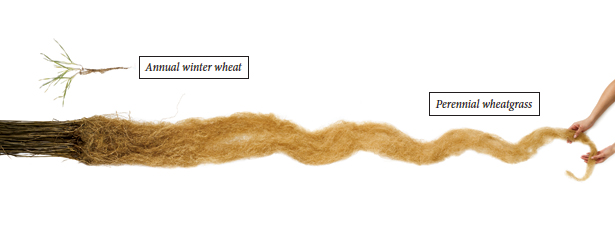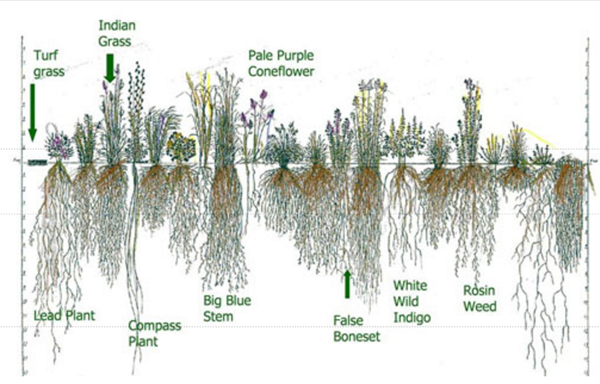The Dirt on Dirt! The Movie
 Over the past few weeks, we have explored the importance of pollinators and native grasses. For these species to succeed up top, quality soil needs to exist below. To help bring the outside in and get our virtual hands dirty, our FreshFlick of the week is Dirt! The Movie. While watching, we ask, “What is the difference between soil and dirt?” and “How to maintain soil quality?” Our first reaction to this documentary is to its title. What do you think of when you hear the word “dirt?” The terms dirt and soil are often used interchangeably, and both share inorganic particles like sand, silt and clay. But the two are as different as night and day: dirt is dirt but soil is alive!
Over the past few weeks, we have explored the importance of pollinators and native grasses. For these species to succeed up top, quality soil needs to exist below. To help bring the outside in and get our virtual hands dirty, our FreshFlick of the week is Dirt! The Movie. While watching, we ask, “What is the difference between soil and dirt?” and “How to maintain soil quality?” Our first reaction to this documentary is to its title. What do you think of when you hear the word “dirt?” The terms dirt and soil are often used interchangeably, and both share inorganic particles like sand, silt and clay. But the two are as different as night and day: dirt is dirt but soil is alive!
Soil is a living ecosystem full of microorganisms, fungi, worms, insects, bacteria, and nutrients. Earthworms,one of the more recognizable inhabitants of soil, are so named because they help build strong soil. They increase microbial activity, improve air filtration by burrowing, and provide nutrients through their waste. It is in the soil where decaying organic matter is broken down to be reused by other living organisms. Soil has the incredible ability to turn manure and inedible vegetation into natural fertilizer, creating a “garbage to garden” system.
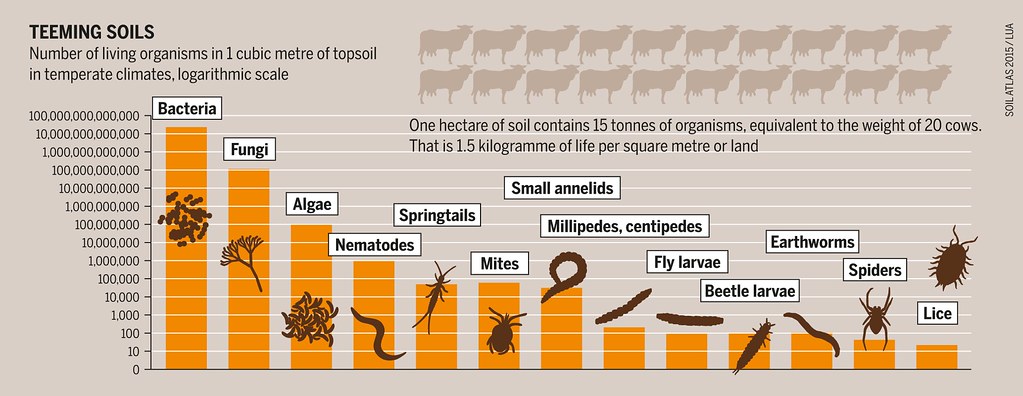
Organisms Found in Top Soil
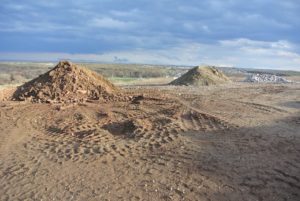
Dirt, on the other hand, is displaced soil matter that has been removed from the living ecosystem. Because dirt has lost its microorganisms and nutrients, it no longer has the ability to support life. Though human societies once understood that healthy soil means healthy food, in modern farming soil is often treated like dirt.
Our FreshFlicks of the week is Dirt! The Movie
Dirt! The Movie explores the historic relationship between agriculture and soil health. Native grasslands and prairies in the Midwest contained plants with strong perennial root systems (root systems that come back every year) that helped structure and stabilize the soil. Agricultural practices that replaced native perennial grasses with shallow rooting annual crops changed the nature of the soil.
Without strong roots binding the soil throughout the year, the soil became unstable and susceptible to movement by rainwater and wind. During the 1920s, farmers in the Midwest removed the grasslands to make way for cropland. The grassland root system had bound the soil and the moisture in the soil and, with its removal, dry, loose soil became prevalent in areas of the Midwest. The drought that followed increased the expanses of dry loose soil and that soil was then picked up by the prevailing winds. During the Dust Bowl of the 1930’s, dust storms would black out cities and transport topsoil across the continent.
Today, only one third of the Earth’s original top soil remains. Top soil can be amended and restored by planting perennials, especially native grasses which are great carbon sequesters. We have already noted that perennials with their stronger and deeper root systems provide better soil structure all year long. In order to return, year after year, perennials have also developed internal mechanisms that allow them to adapt to changes in their environment. And different perennials have adapted for different climatic conditions.
For example, Deertongue is drought tolerant whereas Saltmeadow Cordgrass is flood tolerant. Therefore the more diverse an ecosystem, the more adaptive precautions are naturally in place to preserve healthy and stabilized soil as the climates change.
The more attention and value we place on soil quality, the more the Earth can do for us and that’s not just limited to farming. The garbage that was placed at the Fresh Kills Landfill is covered with different layers of soil and geotextile fabrics. Throughout the landfill closure process, the various soils used in capping are tested to ensure they provide the necessary quality for their intended purpose. For example, the New York State Department of Environmental Conservation has developed standards for soils that are safe for the public. So, the soils imported for closing the landfill and creating public park space must meet those standards. Further, soil scientists have determined the most beneficial nutrient levels for the topsoil that support the native grasses at Freshkills.
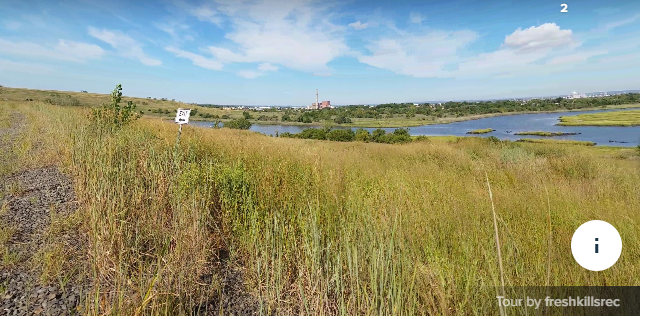
Those native grasses are critical for landfill closure and soil quality because their deep root systems trap moisture and bind the soils to help prevent erosion by rainwater and wind. Sound familiar? We have learned some things since the dust bowl days and have a greater appreciation for soil quality and how to preserve it.
UpStream with Freshkills @ Home
Dirt! The Movie spares no time getting dirty by bringing soil quality to the surface. You can support quality soil by remembering it is soil, not dirt, and by planting native species with robust root systems.
Want to play with soil, but don’t want to get your hands dirty, check out these fun soil games. Create ideal soil structure, in a Tetris like game, but with soil you want to leave spaces for air.
Tune in on Wednesday for a STEAM activity about soil sampling and how engineers can look at soils to determine their ability to support structures.

